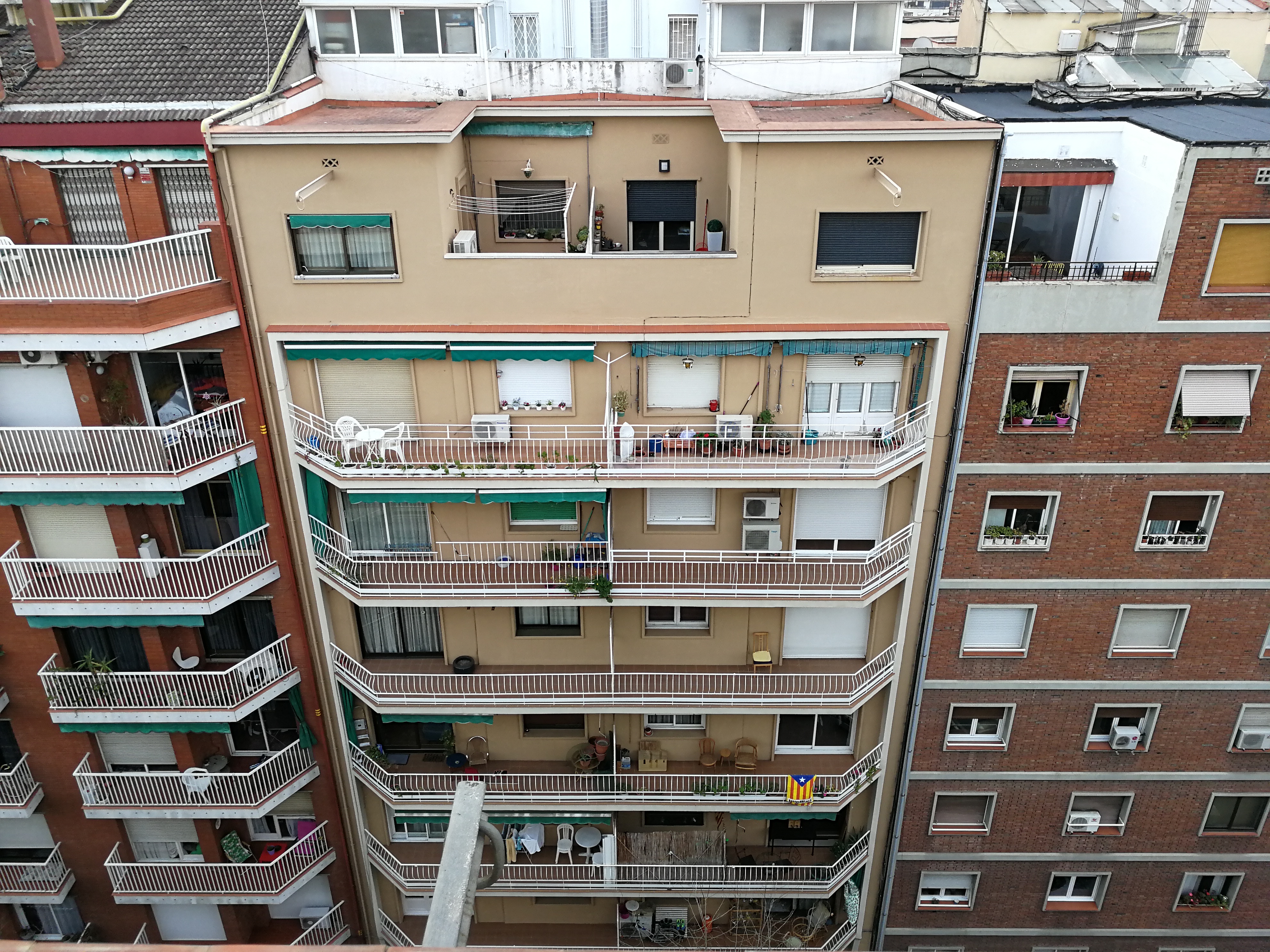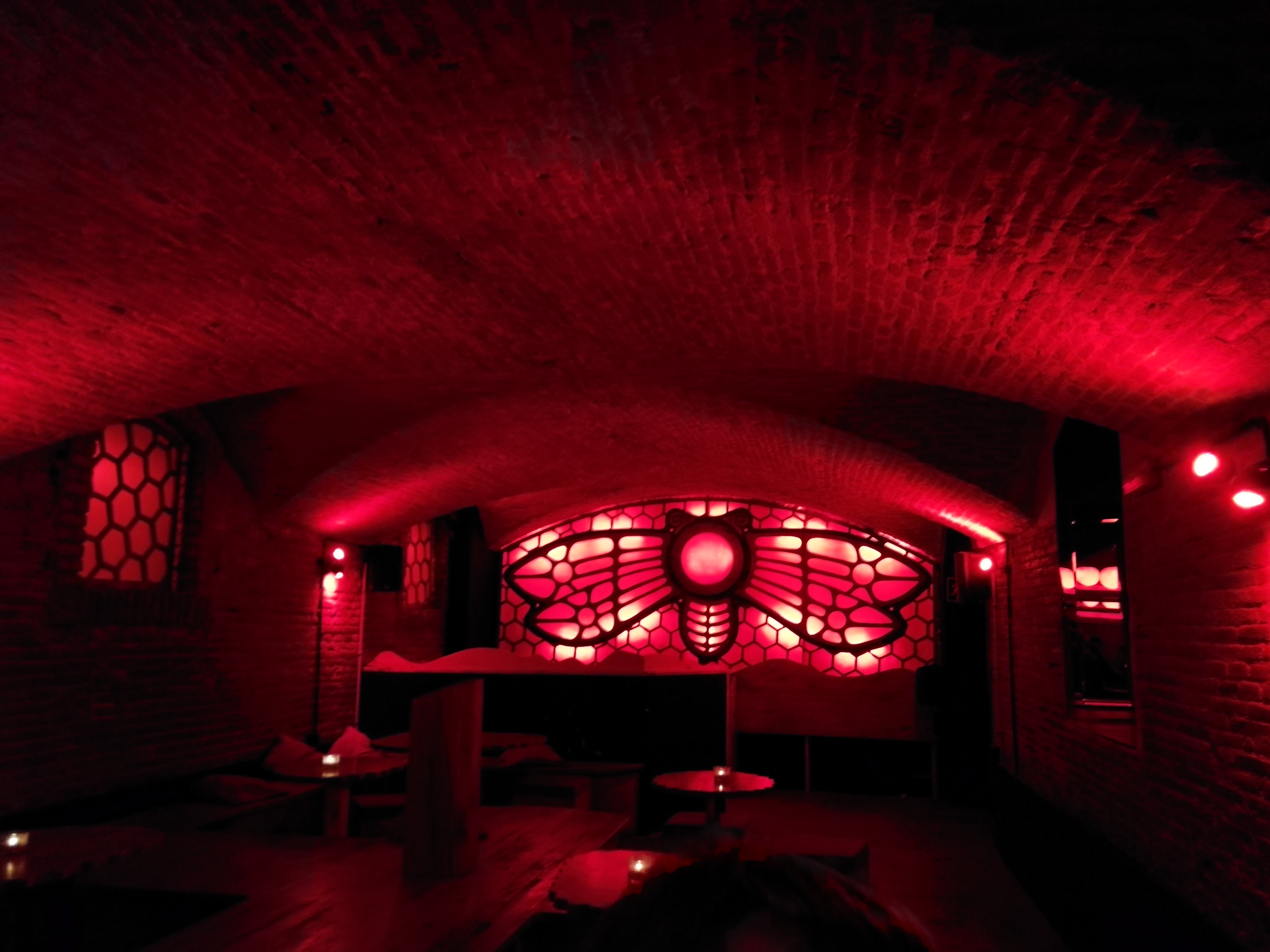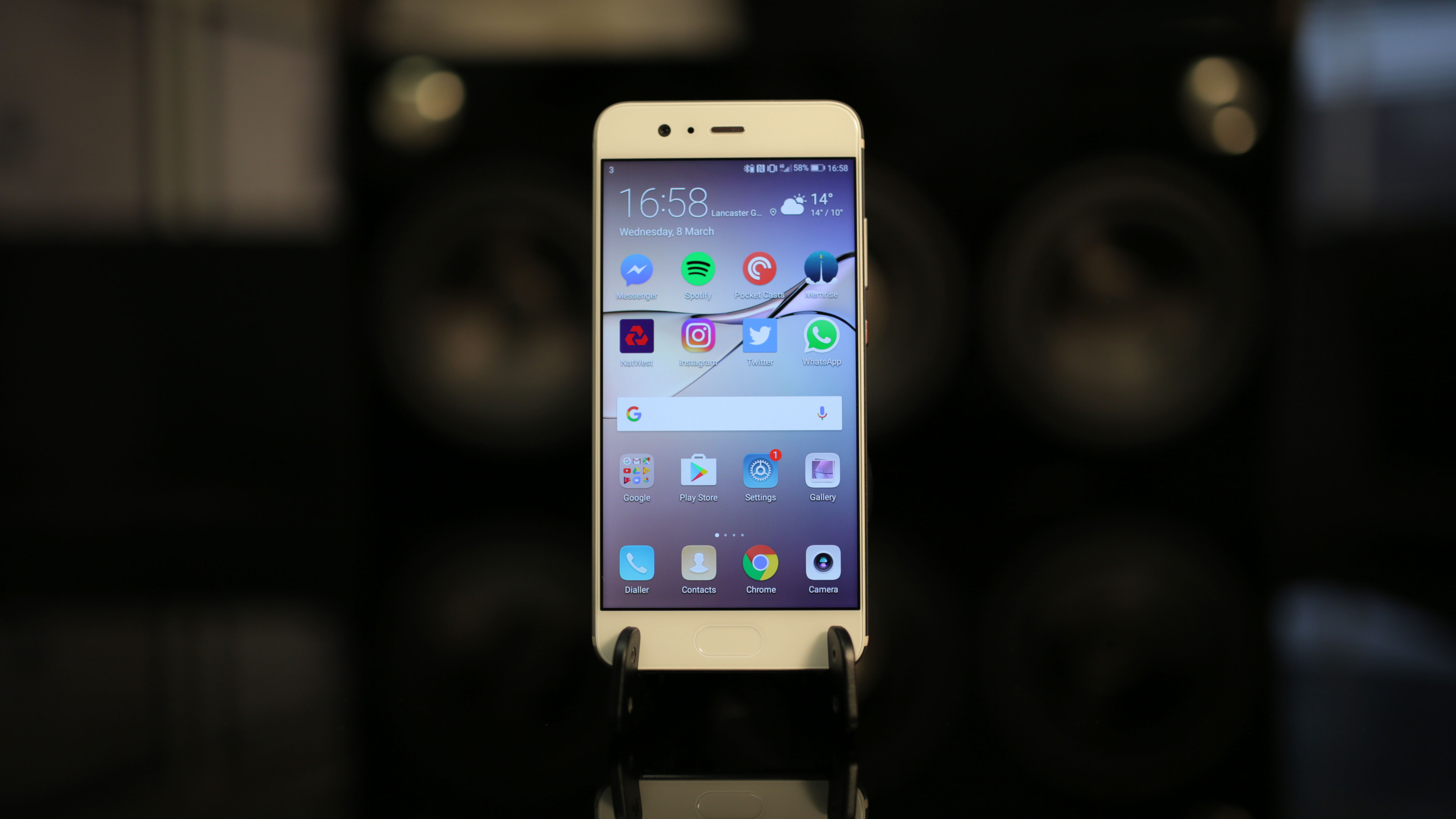Why you can trust TechRadar
Battery life
- Not the best battery life available on the market
- When playing video it performed slightly worse than the Huawei P9
- Will last you a full day on limited to medium usage
Battery life on the Huawei P10 has been improved compared to various older Huawei devices, but it’s still not great.
We regularly found the phone had died in our pockets towards the end of the day. That said, we were pushing the P10 hard, and if you’re a lighter user you’ll probably be okay until you put the phone on charge overnight
An hour-long commute, listening to audio over Bluetooth and doing a spot of web browsing now and then brought the battery down by 15%.
The Huawei P10 has pretty impressive idle battery life, mind you – we just found that it struggled when we put it through hard processing tasks, or left the screen on for extended periods.

Huawei has upgraded the cell in the P10 to 3,200mAh compared to the 3,000mAh unit in the P9, but it seems that hasn’t helped much.
In the course of our video test,– where we play a 90-minute video clip from the phone’s memory at full brightness, with connectivity options on, the Huawei P10 lost 20% of its battery.
In the same test the Huawei P9 only lost 15%, so for playing video this phone is actually worse than the P9. The Samsung Galaxy S7 Edge is the phone to go for in terms of battery endurance for watching video, as it only lost 13% in the same test.
Sign up for breaking news, reviews, opinion, top tech deals, and more.
Considering there isn’t an obvious battery drain on the P10 compared to the P9, it’s a real disappointment that the battery life seems to be worse on the newer device. If you’re looking for a phone with great battery life, Huawei’s flagship phones probably aren’t where you’ll find it.
How does the battery life on the Huawei P10 compare to the P9? Find out in the video below.
To charge the phone you’ll be using the USB-C port at the bottom of the phone, and there’s fast-charging here too.
We didn’t get the opportunity to try fast-charging with our review handset, as the required charger wasn’t included in the box. But if you buy the Huawei P10 the correct charger should be included.
There’s no wireless charging on the Huawei P10, however, which is a notable omission when many phone manufacturers are currently starting to adopt the technology.
Camera
- Dual camera setup - 12MP RGB sensor working alongside 20MP monochrome shooter
- New Lecia Portrait mode combines previously seen beauty mode and Bokeh effects into an easier to use package
The Huawei P9 saw the debut of the Leica-branded dual-lens camera, and it’s back for the P10.
The setup here, however, is almost the same as that on the Huawei Mate 9, with a 12MP color sensor working in tandem with a 20MP monochrome one.
The phone takes a photo using both sensors, then combines the two images, the idea being that the black and white sensor will enhance detail and contrast in the color image.
The big improvement over both the Mate 9 and Huawei P9 is a wider and therefore faster maximum aperture on the camera setup – it’s f/1.8 here, which means you’ll get brighter photos at a given shutter speed.

When you’re shooting in good lighting, the Huawei P10 is noticeably better than every Huawei phone that has gone before it. The same can’t be said for low-light shots though – most phone cameras struggle in dark environments, but we found the P10 especially lacking when shooting at night or indoors under poor lighting.
We took both the Huawei P10 and P9 out on various shoots, and each time we found the P9 would come out on top when shooting in darker conditions. That said, if you tend to take your photos outdoors, rather than in bars, restaurants and similar dingy surroundings, the P10 offers the better, higher-resolution experience.
The big selling point of the P10’s camera, according to Huawei, is the new Leica-branded portrait mode. It combines the fake bokeh effect – basically blurring the background of an image – and beauty mode effects we’ve seen in the past on other Huawei devices into a single effect.
If you’re planning to take photos of people on either the front or back camera, tap the little portrait logo and you’ll enter the new mode.
Portrait mode also comes with new facial tracking software, which uses more than 190 points on the human face to detect exactly where your facial features are and focus the camera properly to get the best shot.
This photo below has Portrait mode off, and then press on the right to see how it turned out with the beauty mode turned all the way up to 10.


You can turn off the Bokeh effect and also turn off the beauty mode as well, which may be suitable for some people who just want to use the facial tracking technology.
In terms of everyday photos, you probably won’t find a big difference between the P10 and other recent Huawei phones. The beauty mode and bokeh effect offer a different look, but they’re not something you’ll use all the time – we found it more useful on the selfie camera.
Speaking of which, the camera on the front of the phone is an 8MP unit, as we saw on the Huawei P9.

It’s a good shooter, and will produce some lovely shots that you won’t be embarrassed to upload to social media – but it’s nothing impressive compared to some other Chinese phones which have up to 20MP sensors on the front.
Portrait mode is available here too, if you fancy doing a little work on yourself to smooth out your skin and so on.
Camera samples
Here are a few of the photos we took with the Huawei P10...






For more information on dual-cameras, view our video below.
Current page: Battery life and camera
Prev Page What’s it like to use? Next Page Verdict and competition
James is the Editor-in-Chief at Android Police. Previously, he was Senior Phones Editor for TechRadar, and he has covered smartphones and the mobile space for the best part of a decade bringing you news on all the big announcements from top manufacturers making mobile phones and other portable gadgets. James is often testing out and reviewing the latest and greatest mobile phones, smartwatches, tablets, virtual reality headsets, fitness trackers and more. He once fell over.

